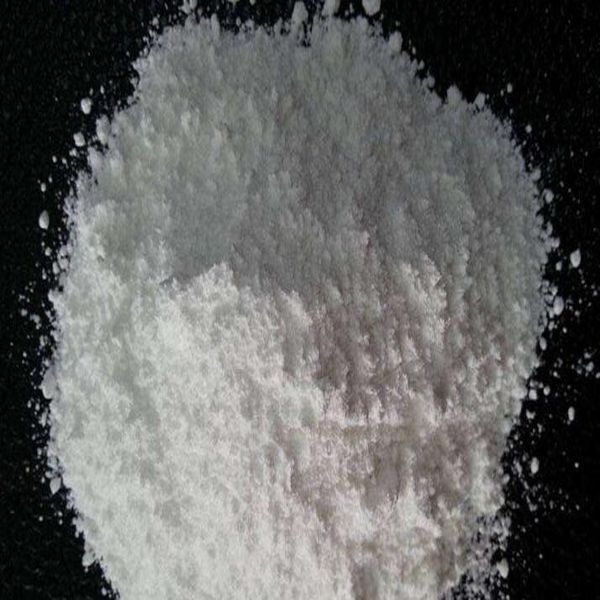Chlorfenapyr is an arylpyrrole insecticide and acaricide discovered and developed in the late 1980s. It is a novel class of insecticide and acaricide with unique mechanism of action that has been successfully developed through the modification of the chemical structure of natural antibiotics. After more than 10 years of application and development, it has developed into a highly concerned high-efficiency insecticide and acaricide, with high efficiency and broad spectrum. It has excellent activity on chewing and piercing and sucking pests and mites, and can be used to control diamondback moth, Agricultural pests such as Spodoptera litura, Pieris rapae, Plutella xylostella, and the like have particular effects on amino acid esters, organic phosphorus and pyrethroid pesticides, such as diamondback moth, Spodoptera litura, etc. As a precursor insecticide, it is converted into an oxidative phosphorylation decoupling agent after removing N-ethoxyethyl in the insect body. Since the uncoupling agent itself does not have a target site, it is impossible to produce a target. Partial resistance, so it has a special effect on the control of many resistant insects. The method of action of chlorfenapyr is mainly gastric poisoning, which has both contact killing and egg killing activities, and no obvious systemic activity. Compared with insecticides that are mainly contact-killing, their quick-acting properties are slightly inferior. The application period is as low as possible in the infancy of young larvae. At the same time, because they have no obvious systemic activity, they are not suitable for pests controlled by systemic action. Prevention.
use:
A new type of pyrrole insecticide and acaricide. It has excellent control effect on borer, piercing and chewing pests and mites. It is more effective than cypermethrin and cyfluthrin, and its acaricidal activity is stronger than that of trifluconol and tricyclotin. The agent has the following characteristics: broad-spectrum insecticides and acaricides; it has both gastric toxicity and contact killing effects; it has no cross resistance to other insecticides; it has moderate residual activity on crops; it is absorbed by the root system in the nutrient solution Selective systemic activity; moderate oral toxicity to mammals, low transdermal toxicity; low effective application rate (100g active ingredient/hm2). Its remarkable insecticidal, acaricidal activity and unique chemical structure have received extensive attention and attention.
Post time: Jul-15-2020
